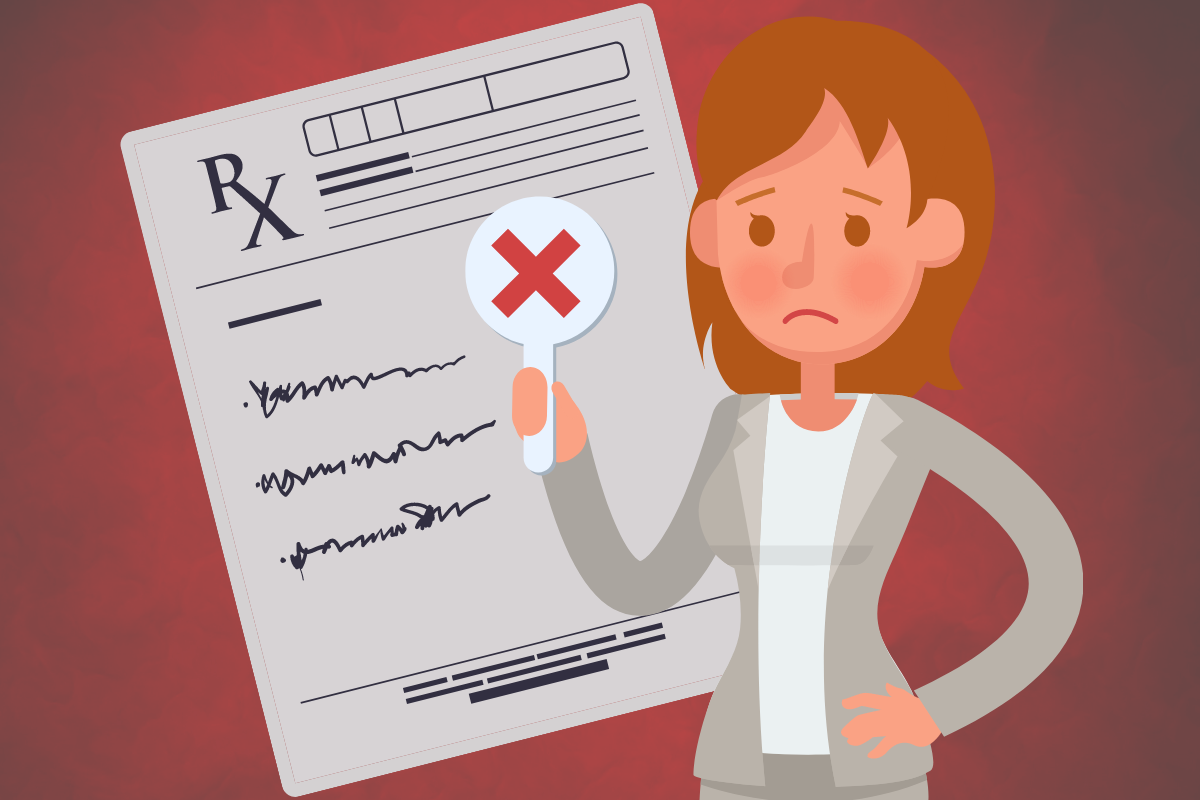You know the medications you prescribe. You’re careful. And, outside of having the handwriting of a doctor, your written prescriptions are solid, right? Maybe not.
89% of Handwritten Prescriptions Are Problematic
“Mistakes can be made at any point in the prescribing, transcribing, processing, distribution, use and monitoring of opioids, but research has rarely focused as we have on prescribing at the time of hospital discharge or on written prescriptions prescribed for adults,” explains Mark Bricket, M.D., lead author of a unique Johns Hopkins study.
With that in mind, the team set out to compare how the quality compared between handwritten prescriptions and those generated through prescribing software and electronic health records (EHRs). Though the sample size was small and focused on opioids, the study showed the two methods are night and day. Nearly all handwritten prescriptions have errors and almost all errors found in the study were found on handwritten prescriptions versus EHR-generated.
Researchers Looked for Missed “Best Practice” Guidelines and Errors
The team looked at previous studies to identify best practices for prescription writing, then checked each of the pooled prescriptions for violations of them as well as errors. Problems they looked for include:
- Illegible prescription
- Illegible provider or patient printed name or signature
- No weight or age recorded on prescription for patients weighing <40 kg
- No date on prescription
- No callback number on prescription
- Use of error-prone abbreviations, symbols, or dose designations
- Wrong dose, frequency, or formulation of medication
- Wrong instructions given
- No pill quantity
They Also Checked for Patient Identifiers Using Joint Commission Guidelines
The Joint Commission, which is the nation’s; oldest and largest health care standards-setting body, recommends that prescriptions include at least two patient identifiers in addition to the patient’s name. To satisfy this requirement, researchers looked for the presence of identifiers such as a patient’s:
- Address
- Date of birth
- Medical record number
- Photograph
Lastly, Researchers Checked Prescriptions for DEA Requirements
To verify if prescriptions met DEA requirements, researchers also looked for the:
- Provider’s full name
- Provider’s DEA number
- Provider’s address
- Patient’s full name
- Patient’s address
Computer-Generated EHR Prescriptions Had No Errors
When the issues were tallied up, the prescriptions created with the aid of EHR software did not have a single error. Around one in ten prescriptions generated by a stand-alone computer system without an EHR had issues, all stemming from non-compliance with DEA guidelines.
Most Handwritten Prescriptions Had Errors
Conversely, nine out of ten handwritten prescriptions had a problem.
- 19% deviated from best practice
- 46% did not have two patient identifiers
- 87% were non-compliant with DEA rules
Prescribing Through an EHR is Best
“What we hope our results do is get more practitioners to adopt electronic prescribing systems because we have a duty to practice in a way that has the lowest chance of harm to our patients,” Bicket explains.
Because can be designed with best practices in mind and follow the same flow each time a medication is prescribed, it eliminates most errors. The key, however, is to pair it with your patient record software to ensure all info is automatically transferred to the prescription, so you’re effortlessly compliant too.
Error-Proof Your Prescriptions with Practice-Web
As a leading dental practice management software that’s been serving the dental community for decades, Practice-Web’s integrated electronic prescribing solution can help you eliminate errors and streamline your prescribing process. Visit our main site to learn more, view current pricing and specials, or request a demo.

